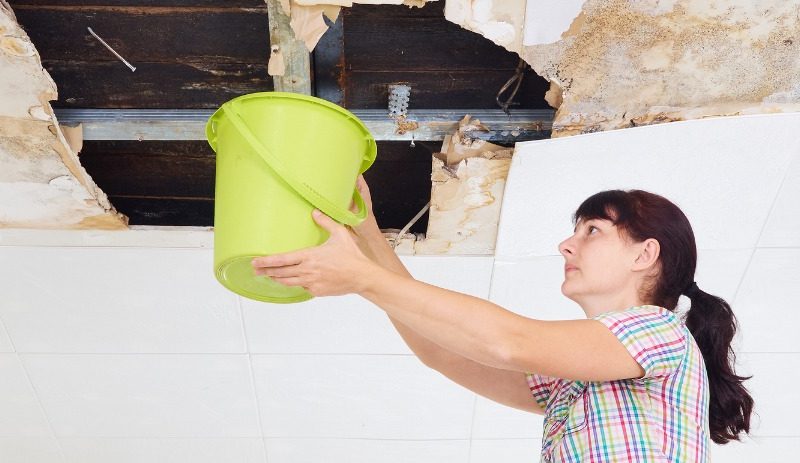How to refinance your home loan and get greater value (yes please)
A home loan is the biggest financial commitment most Australians ever take on, yet too many have a set-and-forget approach that can cost us tens of thousands of dollars. Research from RateCity.com.au shows that many Australians stick with their initial lender – usually one of the big four banks – for way too long and for all the wrong reasons.
“It’s too much effort,” we tell ourselves. “Paperwork is boring. It’s probably too expensive. I like having an ATM on the corner. I’d have to fiddle around with my direct debits. I’ve banked with these guys since I was a kid.” Do any of these excuses sound familiar?
The truth is that refinancing is simpler, faster and cheaper than most people realise. Since interest is by far the biggest single cost of a home loan, the potential savings far outweigh the effort involved. For example: Let’s say you have a $600,000 home loan with a term of 30 years and an interest rate of 4.50 per cent. If you refinance on a rate of 3.90 per cent, you stand to save $210 a month.
If you’re considering the idea, but are still daunted by the practicalities, this seven-step refinancing guide can help you streamline the process:
1. Define your refinancing goal
One main reason why you might want to refinance is to save money on your mortgage through a lower interest rate. Other common reasons are to access the equity in your home, and to get more flexible mortgage features that can help you pay off the loan more quickly.
You may also want to consolidate other debts into your home loan. The main advantage here is that your home loan’s interest rate is typically lower than the rates charged on unsecured loans, such as personal loans and credit card debts.
2. Compare the alternatives
Use RateCity.com.au to find an ideal home loan, based on your current loan amount and other criteria, such as whether you want a fixed or variable interest rate.
You’ll then need to compare how your finances would turn out under each scenario. Be careful to compare apples with apples. For example, if your new loan has an offset account, the interest rate might be slightly higher than that on a basic loan.
3. Calculate switch costs
You’ll need to work out the immediate cost of switching loans. Home lenders typically charge a discharge fee when you pay out your current home loan in full, but discharge fees average only $250 across all mortgages on the RateCity.com.au database.
Your current lender may also charge other exit fees. These have been banned on home loans taken out after 1 July 2011, but if you signed your current loan before then, you could still be charged exit fees.
If you currently have a fixed-rate loan, you’ll need to pay a break fee, which can be substantial. You may also need to pay upfront fees on a new loan. The average start-up fee on a new home loan is around $400. However, there are more than 1200 loans on RateCity.com.au with no upfront fees at all.
4. Calculate the break even point
Once you work out your switching costs, you will be able to calculate how long it would take to recoup these costs. It may take one year or just a few months, and if you have to pay high break costs to get out of a fixed loan, you may not break even at all. Every case is different, so check out all the numbers and make the decision that’s right for you alone.
5. Apply for a loan
Once you’ve found the home loan that best suits you, it’s time to apply. Typically, a home lender will assess your income and mortgage repayment history, as well as your current financial commitments. It might be time to cancel any unnecessary credit cards and pay off as many of your other debts as possible, as these will reduce your borrowing power.
Your new lender will probably want to conduct a property valuation to work out how much your home is worth. You may need to pay a fee for this, though you can often negotiate to get it waived.
Once your application is approved, the lender will send you a letter of offer and a contract to sign.
6. Transfer your loan
After your loan has been finalised, you will need to sign some paperwork to discharge your old loan. Your new lender will use your new home loan to pay out your old loan. This process can take up to two weeks.
7. Settlement
The final stage of your refinancing, the settlement, involves paying your upfront fees and setting up your new loan facilities and direct debits to make loan repayments.
After this, you begin making repayments on the new loan. Your contract should specify when you need to start making repayments.
Your new lender should submit a ‘discharge of mortgage’ form to the Land Titles Office in your state or territory to notify the government that you have closed your old home loan account.
This post was supplied by our friends at RateCity.com.au.
- Post Tags:
- better deals
- home loan
- mortgage
- refinancing
Credit Simple
Credit Simple gives all Australians free access to their credit score, as well as their detailed credit report. See how your credit score compares by age, gender and community and gain valuable insights into what it all means.
All stories by: Credit Simple


